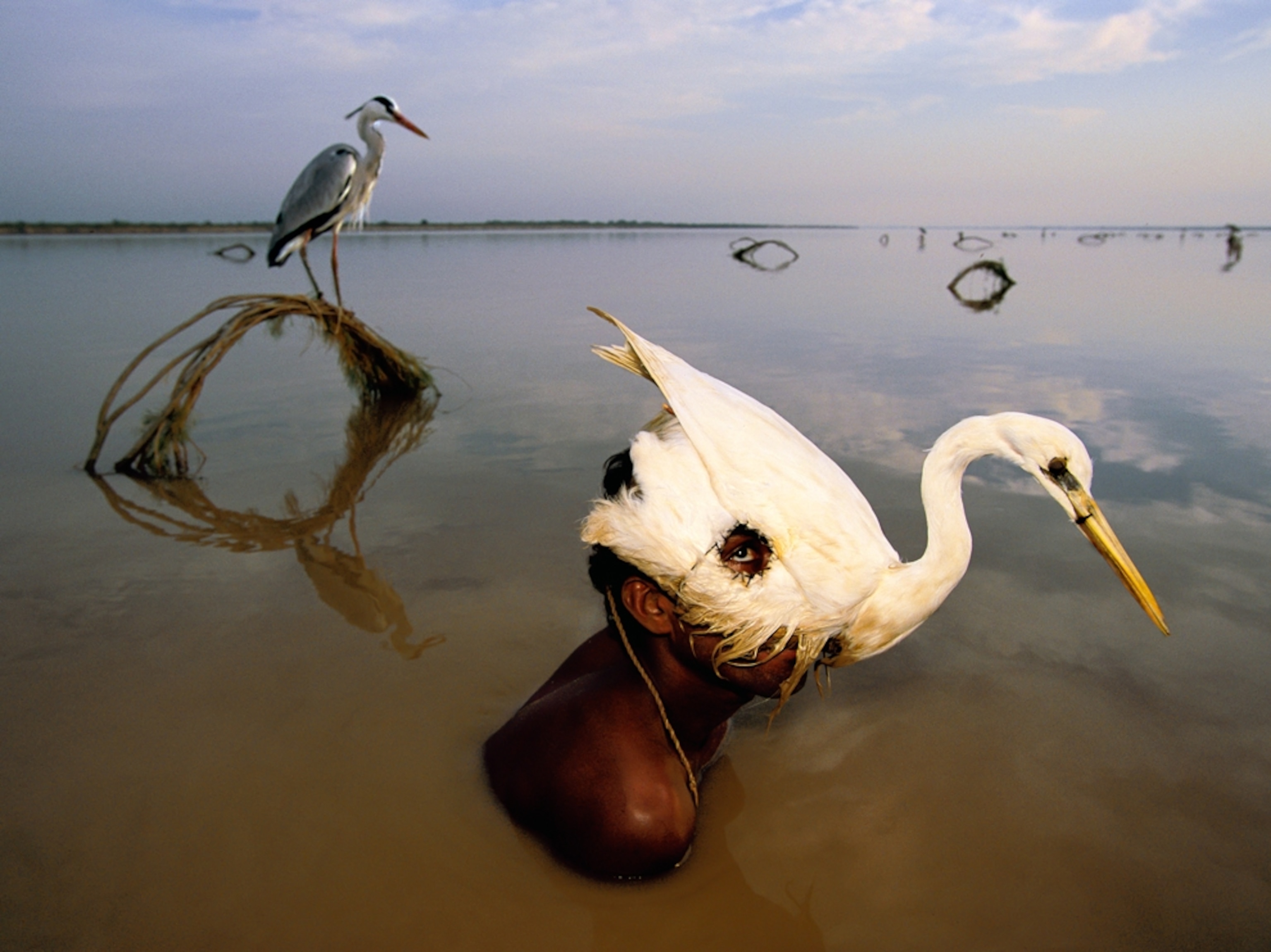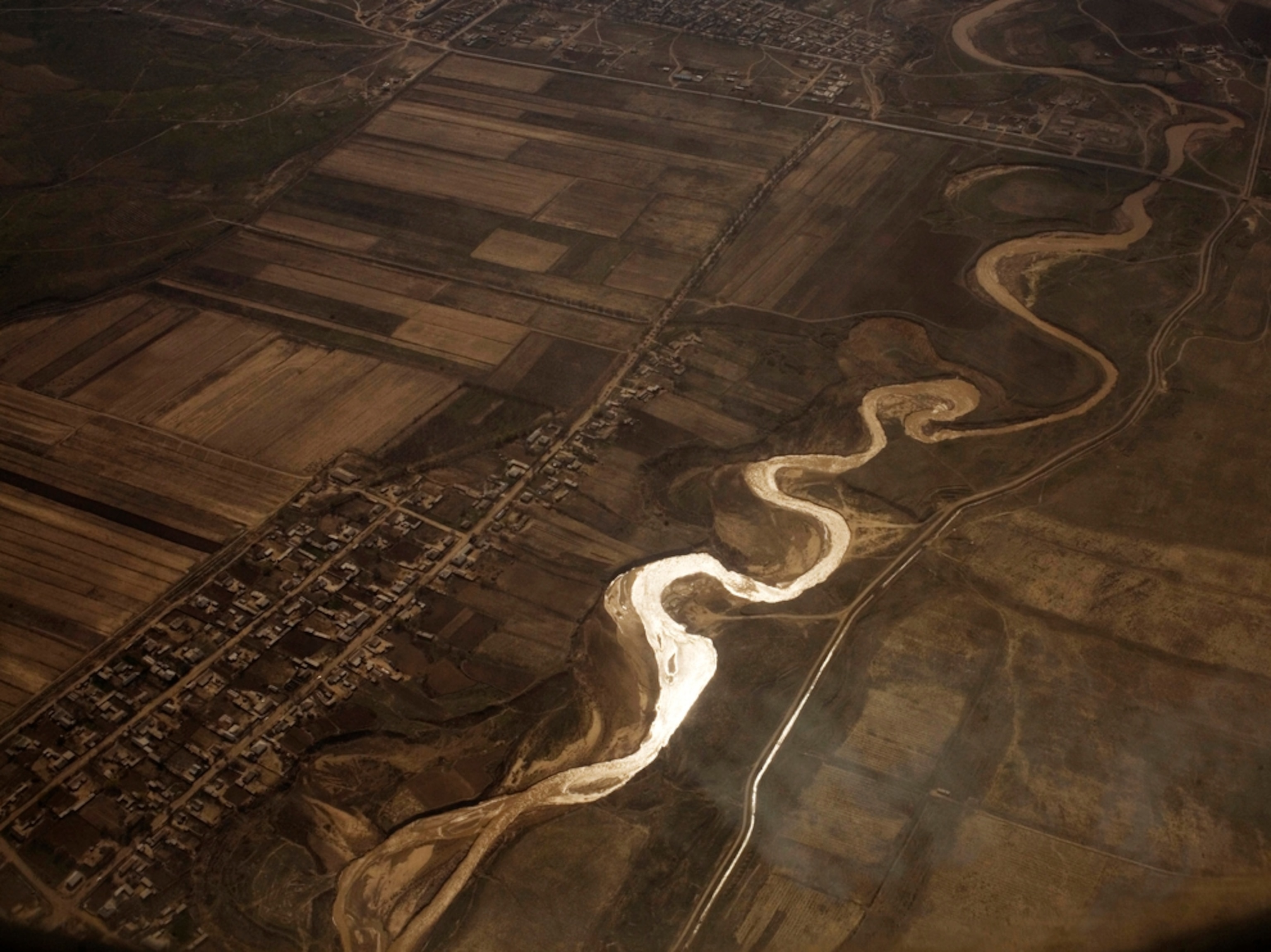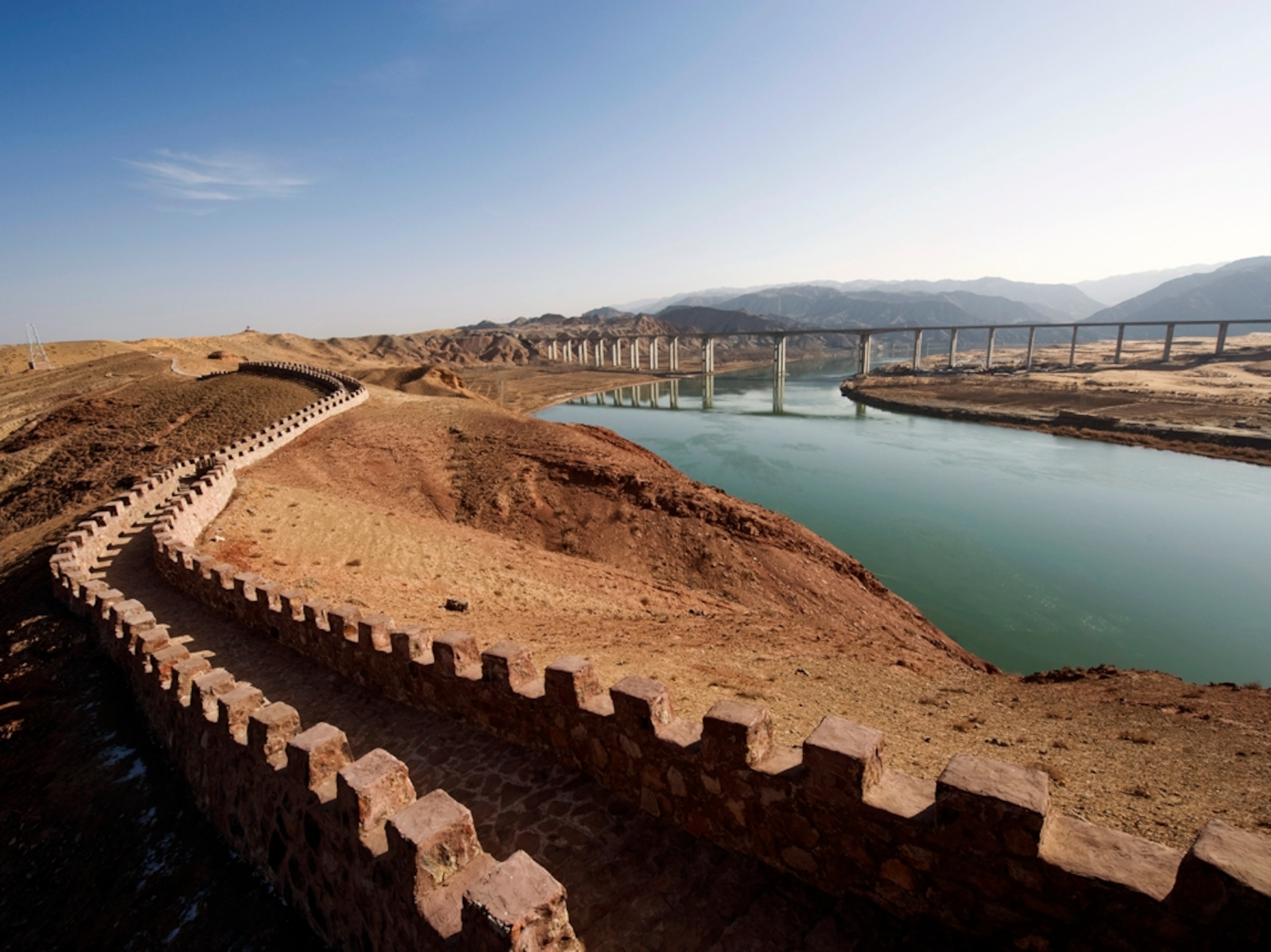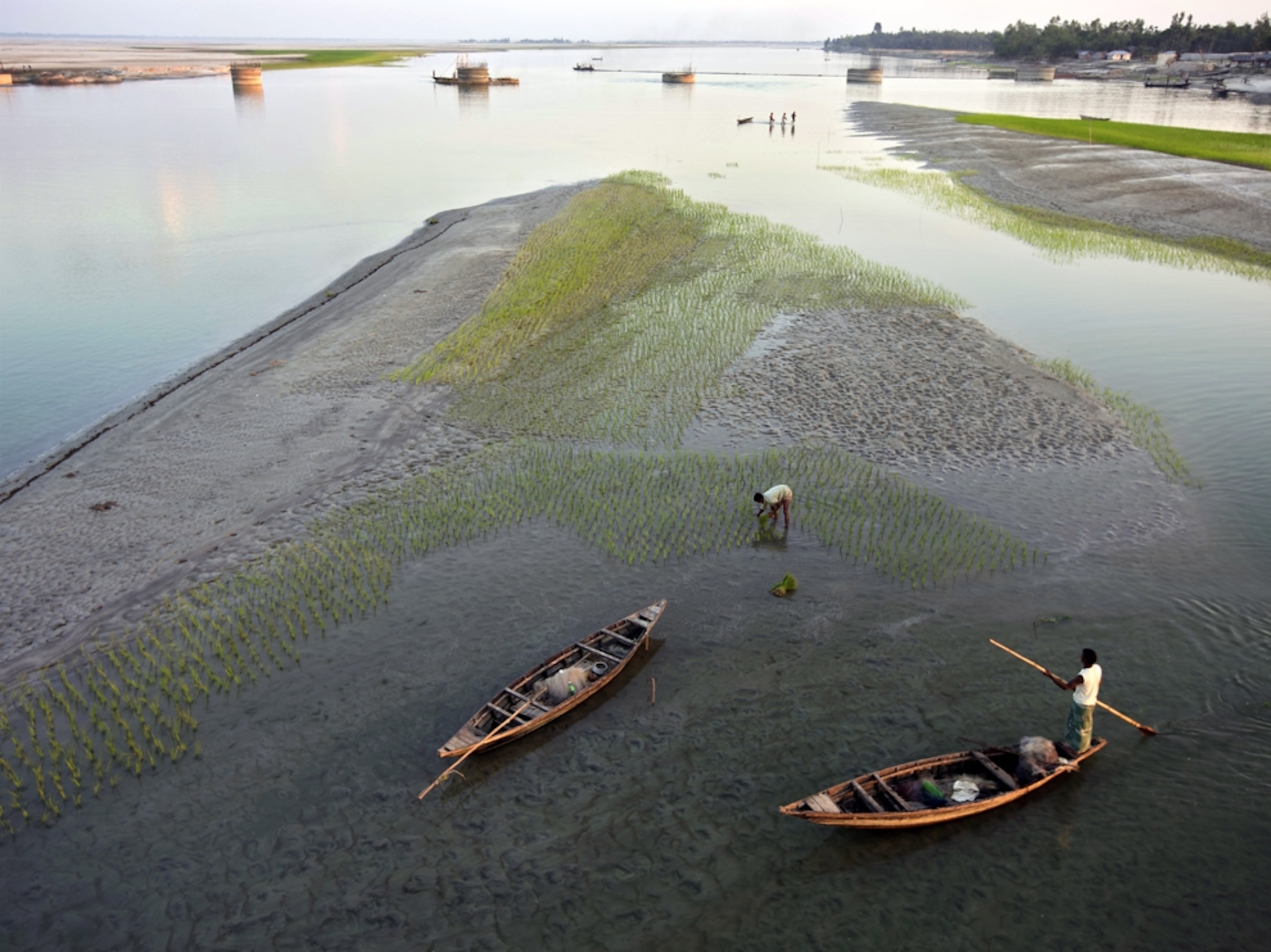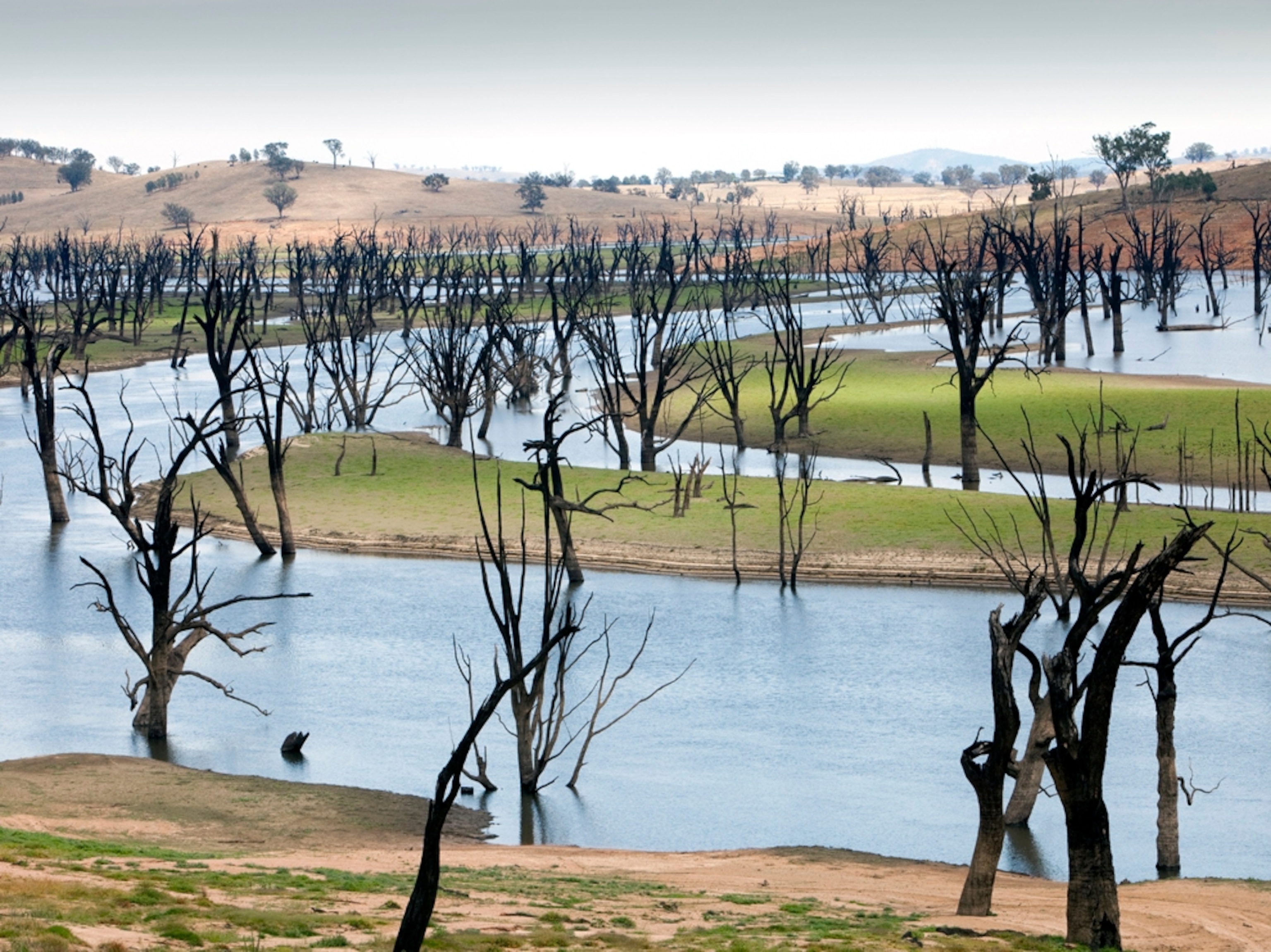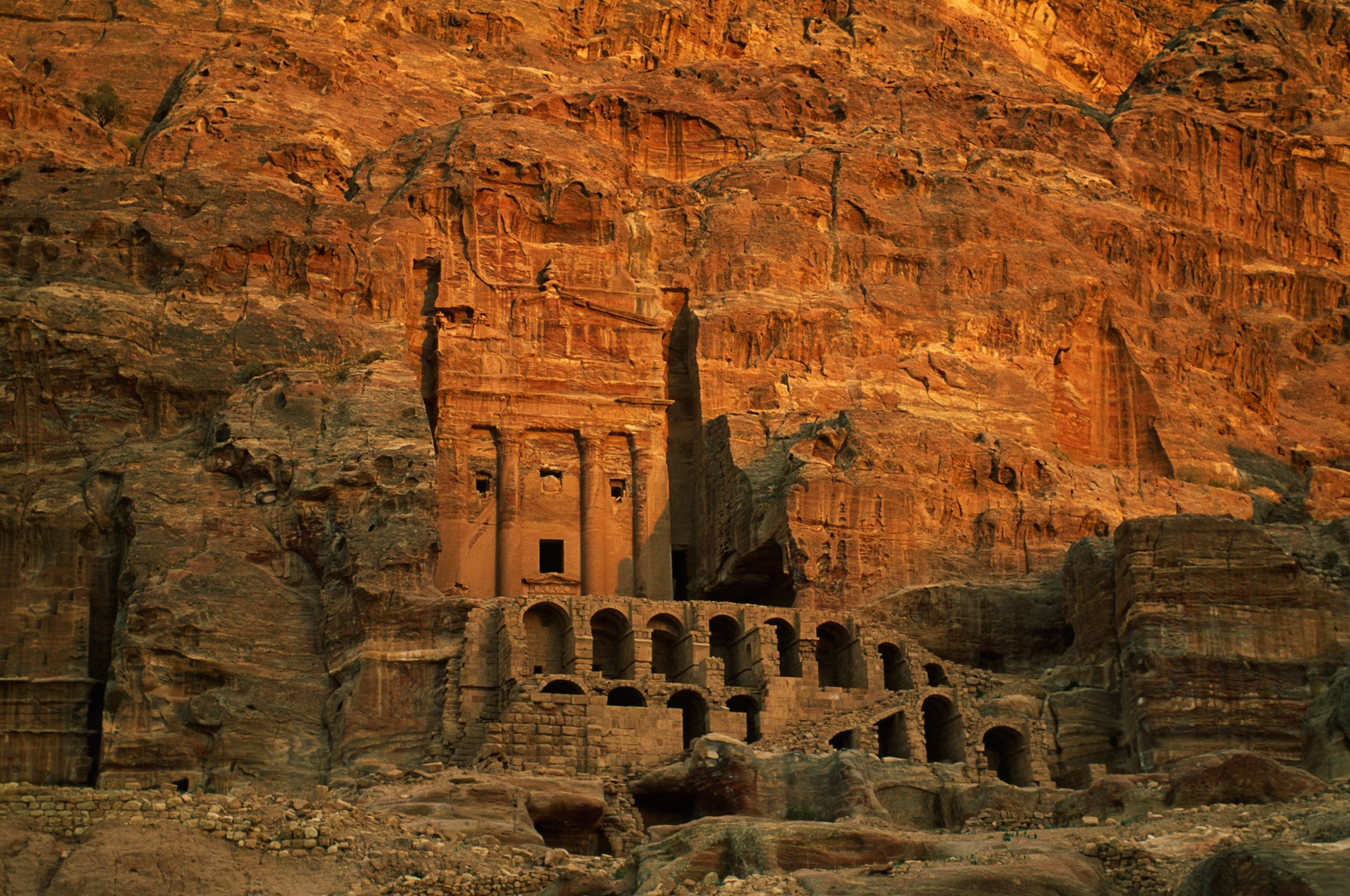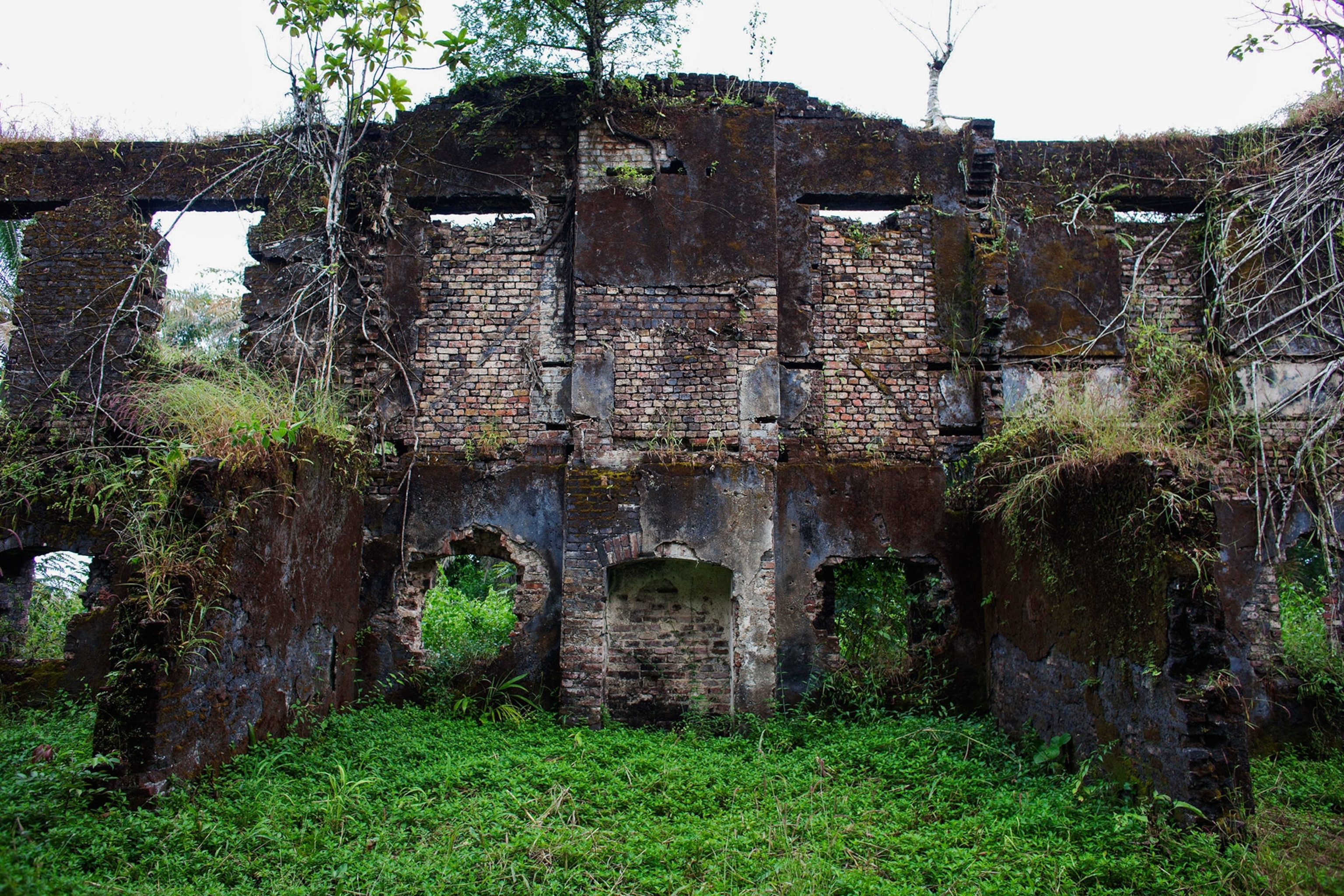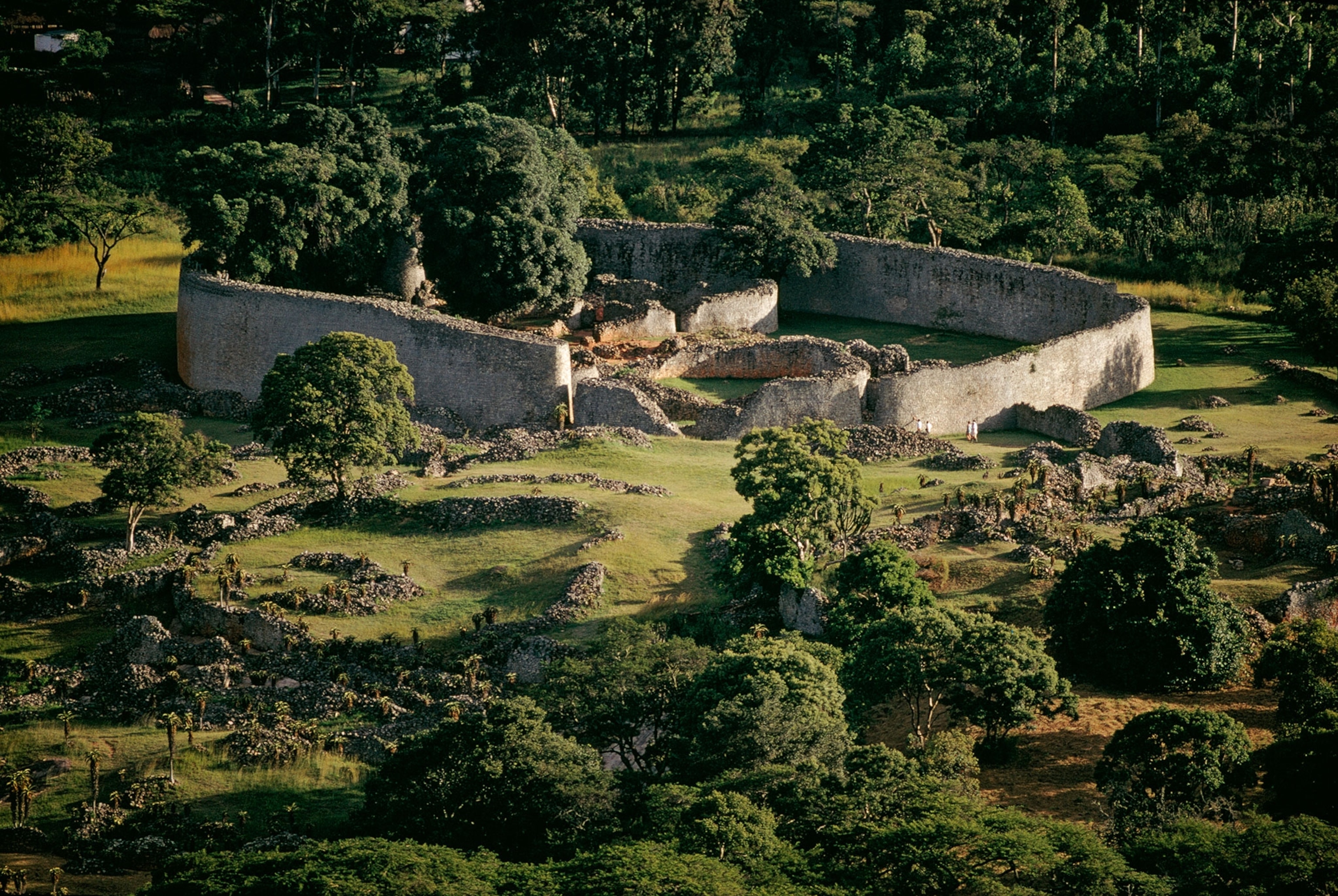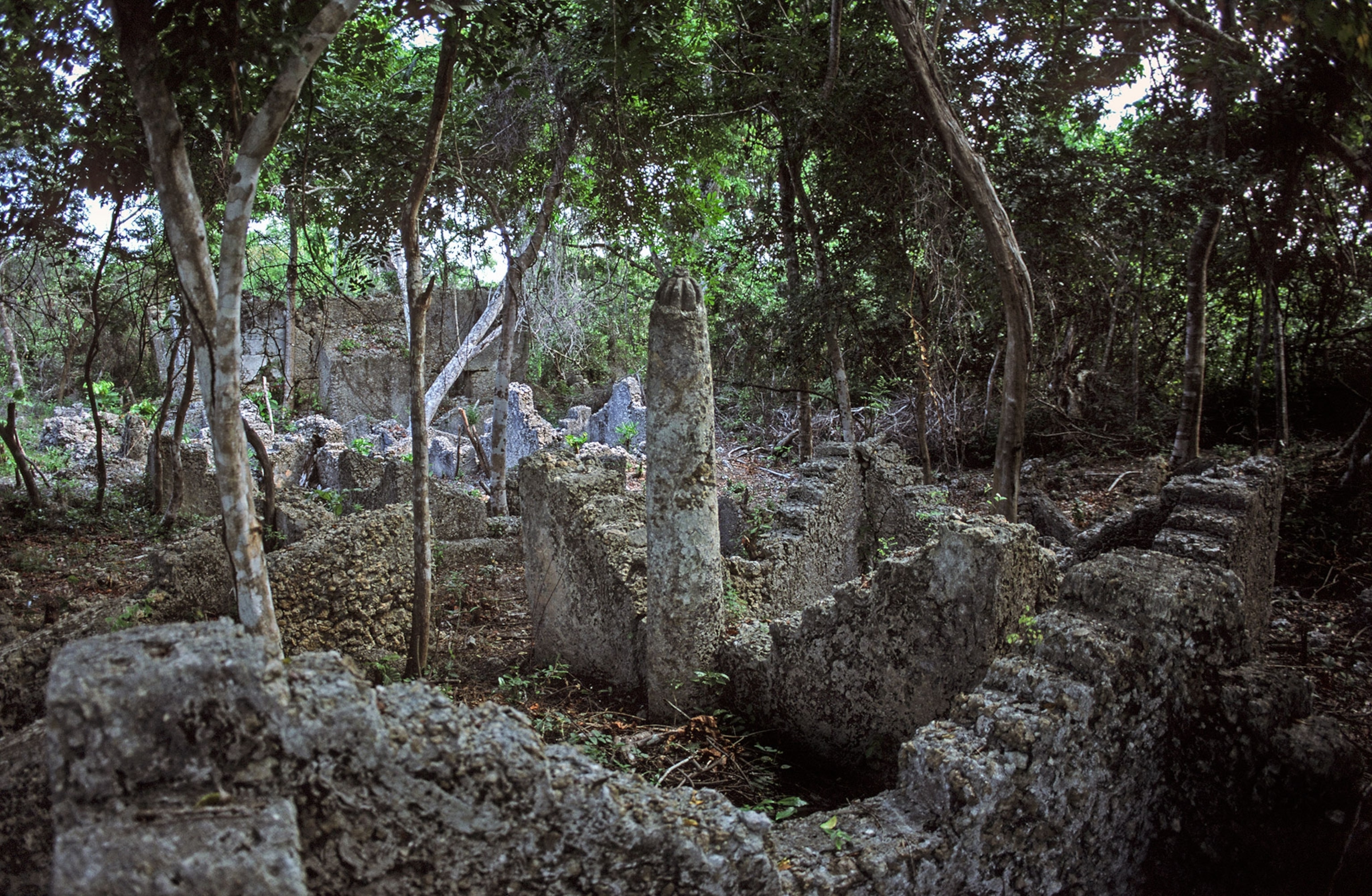For Thousands of Years, This Chinese Town Has Been Opening Its Floodgates
The annual Water Releasing Festival, which takes place in Sichuan Province, celebrates ancestors and engineering.
Thousands of years ago, one man had an idea about how to harness the power of a river. Today, his legacy is still being celebrated.
Each year in early April, people in the city of Dujiangyan in southwest China's Sichuan Province celebrate their ancestors and engineering innovations during the time of the Qingming Festival, a country-wide event ringing in spring. Tourists from around the world flock to the remote locale to watch actors and dancers, dressed up as ancient warriors and princesses, perform elaborate traditions. (Related: Dujiangyan Panda Base and other places to see China’s Giant Pandas)
The festival is meant to commemorate Li Bing, a local man who revolutionized irrigation for generations to come.
A Lasting Legacy
During the Qin Dynasty in 272 B.C., 30-year-old Li was appointed governor of Shu, where he was tasked with making the prefecture a strategic base of the Qin state. With ever-present tensions between the Qin and Chu leaders, Li was instructed to divert the flow of the Min River to Chengdu so that it could serve as a military supply line in case of war. (Related: read about Emperor Qin’s terra-cotta army)
So, with 100,000 taels (a currency) of silver, tens of thousands of workers, and the approval of King Zhao Wang, Li built a massive dike and irrigation system. Laborers spent years constructing a levee with oblong baskets woven out of bamboo and filled with stones, held in place by wooden tripods.
The project channeled the waters of the Min, which is the Yangtze River’s largest, longest tributary, from the snow-capped mountains bordering Gansu and Sichuan and across the Chengdu Plain. The artificial levee splits the river in two, allowing it to flow consistently but controlled. The bottleneck design of an innovative diversion gate pushes water through to the Chengdu Plain, permanently irrigating it.
When Li became too old to see the project’s final development, his son Li Erh-Lang took it over.
The innovative irrigation system put an end to unforgiving flooding, drought, and famine that plagued the province in the past. It kept the river open and helped to transform Sichuan into a powerhouse, encouraging the land to become the flourishing, fertile spot it is today. After the water, poets, writers, and, eventually, Taoism came out of Sichuan.
Related: What Happens When Rivers Run Dry
Dujiangyan roughly translates to “dam on the capital city’s river,” and it’s the oldest surviving non-dam irrigation system in the world. Today, the ancient engineering marvel still helps to irrigate more than 668,700 hectares of farmland, as well as drain floodwater and provide water resources for more than 50 cities throughout the province.
Whereas contemporary dams block the flow of water, Dujiangyan allows the stream to flow naturally, which doesn’t hurt ecosystems and fish populations. Even the devastating 2008 Sichuan earthquake, which killed many people and cost billions in damaged property, didn’t break the irrigation system.
Festival Days
Locals have been celebrating the system since its inception. Along with Mount Qingcheng—the birthplace of Taoism—the Dujiangyan Irrigation System achieved status as a Unesco World Heritage Site in 2000.
- National Geographic Expeditions
The Water Releasing Festival, held on April 4 or 5 each year, kicks off with an ancient sacrificial ritual in which an orator recites an ode to the irrigation system’s creators. Performers dressed in national costumes from the Warring States period dance and offerings are burned as gifts to ancestors.
The Water Releasing Ceremony, which is the highlight of the festival, is a dramatic reenactment of methods used to control the water. During the ceremony, a dancer swings from a bamboo pole and then an official dressed in ancient costume enters, riding a horse. His goal is to pass a message to cue strong workers to open the cofferdam and release the water.
The water-releasing ritual previously marked the end of annual waterway repair, which has become obsolete with current conservation technology. Now, it simply signals the beginning of spring and the farming season.
“The whole construction and expansion of the irrigation system was following nature’s law,” Wang Guoping, Sichuan culture scholar, told the local CGTN. “It achieves a harmony between humans and nature.”


